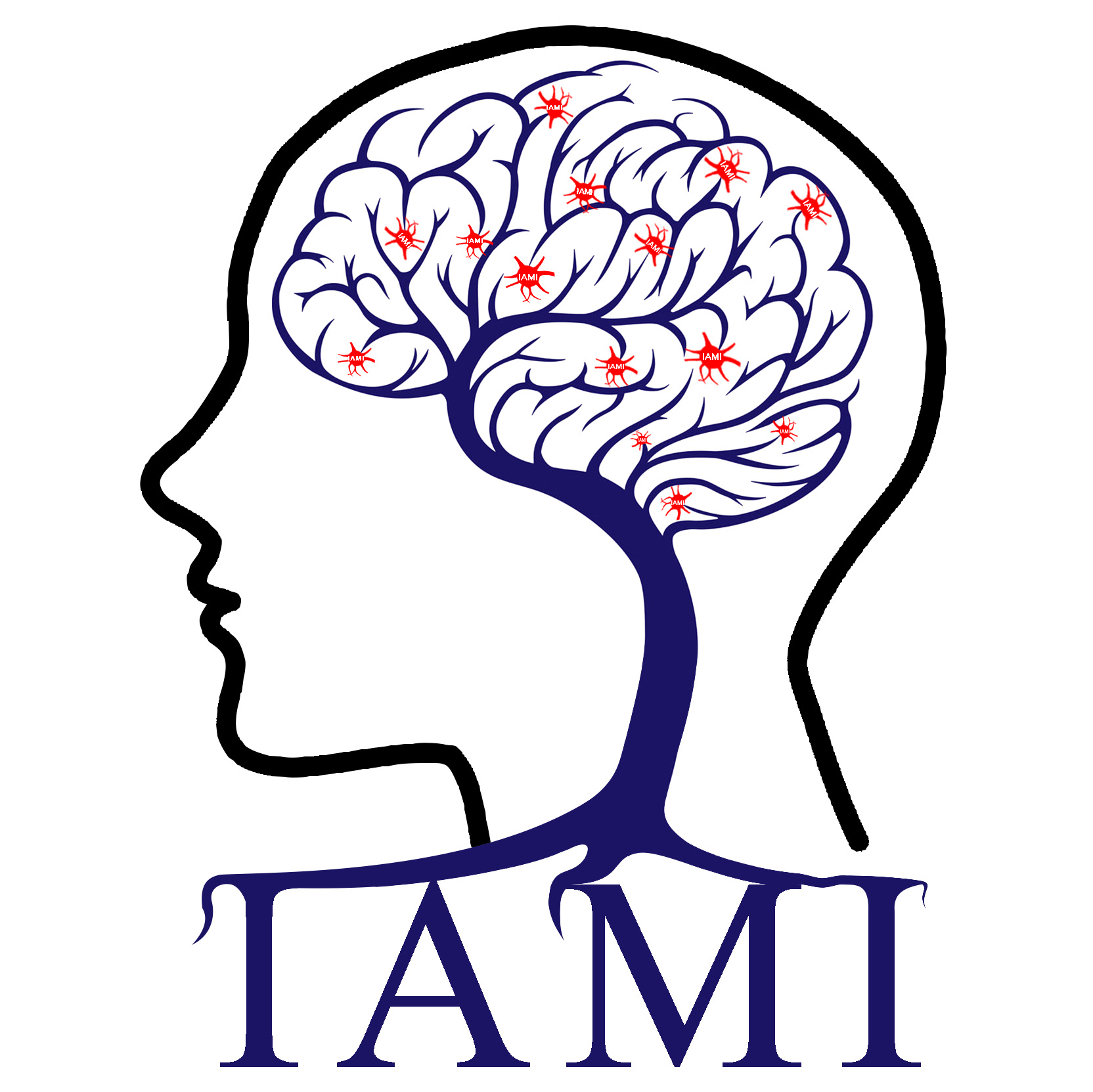
Yuhui Du Personal Website-Intelligent Analysis of Medical Image
Address:Taiyuan, China
Yuhui Du*, Susanna L Fryer, Dongdong Lin, Jing Sui, Qingbao Yu, Jiayu Chen, Barbara Stuart, Rachel L. Loewy, Vince D Calhoun, Daniel H Mathalon. Identifying functional network changing patterns in individuals at clinical high-risk for psychosis and patients with early illness schizophrenia: A group ICA study. NeuroImage: Clinical, 2018, 17: 335-346. (TOP journals, SCI division of Chinese Academy of Sciences: 2, impact factor: 4.881)
时间:2019-06-12 16:09:44 来源: 点击:[1135]
Abstract
Although individuals at clinical high risk (CHR) for psychosis exhibit a psychosis-risk syndrome involving attenuated forms of the positive symptoms typical of schizophrenia (SZ), it remains unclear whether their resting-state brain intrinsic functional networks (INs) show attenuated or qualitatively distinct patterns of functional dysconnectivity relative to SZ patients. Based on resting-state functional magnetic imaging data from 70 healthy controls (HCs), 53 CHR individuals (among which 41 subjects were antipsychotic medication-naive), and 58 early illness SZ (ESZ) patients (among which 53 patients took antipsychotic medication) within five years of illness onset, we estimated subject-specific INs using a novel group information guided independent component analysis(GIG-ICA) and investigated group differences in INs. We found that when compared to HCs, both CHR and ESZ groups showed significant differences, primarily in default mode, salience, auditory-related, visuospatial, sensory-motor, and parietal INs. Our findings suggest that widespread INs were diversely impacted. More than 25% of voxels in the identified significant discriminative regions (obtained using all 19 possible changing patterns excepting the no-difference pattern) from six of the 15 interrogated INs exhibited monotonically decreasing Z-scores (in INs) from the HC to CHR to ESZ, and the related regions included the left lingual gyrus of two vision-related networks, the right postcentral cortex of the visuospatial network, the left thalamus region of the salience network, the left calcarine region of the fronto-occipital network and fronto-parieto-occipital network. Compared to HCs and CHR individuals, ESZ patients showed both increasing and decreasing connectivity, mainly hypo-connectivity involving 15% of the altered voxels from four INs. The left supplementary motor area from the sensory-motor network and the right inferior occipital gyrus in the vision-related network showed a common abnormality in CHR and ESZ groups. Some brain regions also showed a CHR-unique alteration (primarily the CHR-increasing connectivity). In summary, CHR individuals generally showed intermediate connectivity between HCs and ESZ patients across multiple INs, suggesting that some dysconnectivity patterns evident in ESZ predate psychosis in attenuated form during the psychosis risk stage. Hence, these connectivity measures may serve as possible biomarkers to predict schizophreniaprogression.

 Current location:
Current location: